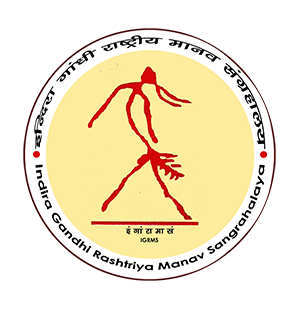मणिपुर का कुम्हारी बाजार ( चफु कइथेल)
कुम्हारी बाजार
समुदायः मैंतई
क्षेत्रः नोंगपोक सेकमाई एवं थोंगजाओ
राज्यः मणिपुर
नूपि कइथेल के नाम से लोकप्रिय मणिपुर का पारंपरिक बाजार कइथेल यहां के लोगों की सामाजिक-आर्थिक एवं आध्यात्मिक जीवन में एक प्रमुख स्थान रखता है। ऐसा माना जाता है कि घाटी में स्थित प्रत्येक बाजार पर देवी लारेंबी मेहरवान है जिनकी कृपा विक्रेताओं पर बनी रहती है। मणिपुर में ऐसा कोई बाजार नहीं जहां हस्तनिर्मित पारंपरिक मृदभांड न मिलते हों। राज्य की राजधानी के बीचोंबीच स्थित सबसे बड़ा ख्वाइरंबेंड कैथल (बाजार) मृदाभांड विक्रेताओं के लिए एक विशेष स्थान रखता है। यह बाजार स्थानीय विश्वासों एवं अनुष्ठानों को गहनता से मानने वाले लोगों की घरेलू उपयोगिताओं सहित सामाजिक-धार्मिक परिधि को सहेजकर सांस्कृतिक महत्वाकांक्षाओं की पूर्ति का केंद्र है। यहां की कुम्हारिनों द्वारा विविध प्रकार के मृदभांडों का निर्माण किया गया जो जन्म से लेकर मृत्यु तक के विविध अनुष्ठानों एवं पारंपरिक उत्सवों में प्रयोग किए जाते थे।
CHAPHU KEITHEL OF MANIPUR (Pottery Market)
Community: Meitei
Area: Andro, NongpokSekmai and Thongjao
State: Manipur
The traditional Market (Keithel) in Manipur, popularly known as the Nupi Keithel has a prominent place in the socio-economic and religious life of the people. Every market in the valley is believed to have been guarded by the Lairembi (Goddess) whose benign presence showers blessings to all the vendors. A section of the market is dominated by traditional handmade pottery commuted from potter’s villages of the valley. The largest Khwairamban Keithel (market) in the heart of the state capital reserves a special place for the pottery vendors and is called Chaphu Keithel. It is arguably known to be the largest market operated solely by women. Traditionally, men were not allowed to enter the market. It happens to be the segment in the market that fulfils the demands of domestic utilities, socio-religious ambit and cultural aspirations of the people who are strongly bound by their traditional beliefs and practices. The women potters make different types of utensils which are used in many rituals and traditional ceremonies from birth to death.



